Inert ceramic ball standard PDF download
Preface
We are a professional manufacturer of ceramic balls in China. Therefore, the quality of our ceramic balls is more stable, the price is more favorable, and the content of aluminum oxide ranges from 23% to 99%. The size specifications range from 3mm to 50mm. Once a certain quantity is reached, we support customizing ceramic balls. We have in stock the commonly used specifications of inert ceramic balls and can deliver them quickly. They can be sold at wholesale, retail, or in neutral packaging. Because of our professionalism, the quality is better. Because we are a factory, the price is more favorable.
Main Categories
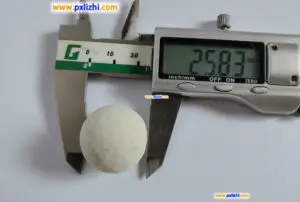
(1) Alumina Ceramic Balls: As the type of ceramic balls with the highest domestic production capacity, alumina ceramic balls are made with high-quality kaolin and alumina powder as the core raw materials. They can be classified into ordinary porcelain balls (content < 75%), medium-alumina ceramic balls (75% – 85%), and high-alumina ceramic balls (85% – 99%) based on the alumina content. Their prominent advantages include high hardness (Mohs hardness 8-9), high temperature resistance (able to withstand temperatures above 1600°C), and low wear. They can significantly improve the grinding efficiency of ball mills and avoid contaminating the processed materials. Currently, they are widely used in basic industrial scenarios such as ceramic glaze grinding, chemical reactor packing, and glass manufacturing, with production capacity accounting for over 60% in Shandong and Jiangsu provinces.

(2) Zirconia Ceramic Balls: Made from zirconia as the base material and with stabilizers added, their fracture toughness can reach over 10 MPa·m¹/² at room temperature, with a density of approximately 6.00 g/cm³, and a thermal expansion rate close to that of metals, allowing for direct compatibility with metal components. Their core advantage is “high toughness + high precision”, with a surface roughness that can be controlled at Ra ≤ 0.02 μm. Therefore, they are the preferred choice for high-end fields such as semiconductor wafer polishing, lithium battery anode material grinding, and precision ceramic bearings. Regions like Jiangxi and Hunan have formed characteristic clusters of zirconia ceramic balls due to their resource advantages of rare earths.
(3) Silicon Nitride Ceramic Balls: Manufactured through a non-oxidizing atmosphere high-temperature sintering process, they maintain stable strength and hardness at 800°C, with a density of only 3.20 g/cm³ (approximately 1/3 of bearing steel) and self-lubricating and non-conductive/magnetically non-reactive properties. These ceramic balls are specifically designed for extreme scenarios such as aerospace equipment bearings and high-speed CNC machine spindles, being key supporting materials for China’s high-end equipment manufacturing.

(4) Silicon Carbide Ceramic Balls: With a Mohs hardness of 9.5 (close to diamond), they are resistant to strong acid and alkali corrosion and have excellent thermal conductivity, maintaining high strength performance below 1000°C. They are mainly used in strong wear equipment in metallurgy and mining, as well as strong corrosion reaction vessels in the chemical industry. They can replace traditional steel balls, reducing energy consumption by over 30% and reducing equipment wear.
In addition, domestic production has also formed functional sub-categories such as filler ceramic balls and grinding ceramic balls: filler ceramic balls (such as inert alumina ceramic balls and microporous ceramic balls) are used for reactor supports and gas-liquid distribution in the oil and gas industry, capable of withstanding high temperatures, high pressures, and chemical corrosion; grinding ceramic balls are specifically designed for equipment such as ball mills, with a crushing efficiency far exceeding that of natural pebbles.
Core advantages of Chinese ceramic balls
Compared to ceramic ball production regions in Europe, the United States, Japan, and South Korea, China’s products have advantages in multiple aspects such as the industrial chain, production capacity scale, cost control, and policy response, forming a “full-chain competitiveness”:
(1) Complete industrial chain support: The closed-loop advantage from raw materials to applications
China has built the most complete ceramic ball industrial chain in the world: Upstream, there are high-purity alumina powder bases in Shandong and Henan, rare earth (zirconium oxide raw materials) resources in Jiangxi and Hunan, and silicon carbide powder production capacity in Jiangsu; Middlestream, there are industrial clusters such as the Tri-angulation (powder preparation – molding – sintering) and the Bohai Sea (high-end precision processing) in the middle and west regions, achieving full-process self-control from raw material purification to product testing; Downstream, it directly connects to domestic chemical, new energy, and high-end manufacturing demand markets, and can quickly respond to customized demands (such as special specification silicon nitride bearing balls, low wear zirconium grinding balls). This closed-loop capability is incomparable to the decentralized industrial layout in Europe.
(2) Capacity and cost advantages: The “cost-performance benchmark” in the global market
China contributes 45% of the global ceramic ball production capacity, with the annual output of alumina ceramic balls accounting for more than 70% of the global total. Large-scale production makes the unit cost lower than that of Europe and the United States by 30%-50%. The cost advantage comes not only from self-sufficiency in raw materials (the price of domestic alumina powder is only 60% of imported products), but also from the mature molding technology – rolling molding technology enables batch production of small ceramic balls, and isometric pressing molding controls the size tolerance within ±0.01mm, balancing efficiency and precision. In contrast, although high-end ceramic balls from Japan and South Korea have excellent performance, their production capacity is limited (the annual output of a single factory is less than one-third of that of China’s leading enterprises), and the prices are high; Europe focuses on niche high-end categories, and basic categories rely on imports.
The Market Trend and Development Prospects of Chinese Ceramic Balls
In recent years, the market of ceramic balls in China has shown a steady growth trend. According to data, the domestic market for filled ceramic balls exceeded 5 billion yuan in 2024, and it is expected that the compound growth rate from 2025 to 2030 will remain at 8% – 10%. The core factors driving growth include:
Downstream demand upgrading: The rapid development of industries such as new energy and high-end manufacturing has given rise to the demand for high-end ceramic balls, such as the market growth rate of silicon nitride ceramic balls has reached over 15%.
Technological innovation driving: Enterprises are constantly breaking through material formulation and process bottlenecks, such as the research and development of low-impurity alumina ceramic balls and high-performance composite ceramic balls, which further enhance product competitiveness.
Export market expansion: Chinese ceramic balls, with their cost advantage, have seen an increasing export volume, mainly sold to Southeast Asia, Europe, etc., becoming an important supplier in the global ceramic ball market.
In the future, with the promotion of policies such as green manufacturing and high-end equipment, the Chinese ceramic ball industry will move towards the direction of “high-end, customized, and internationalization”, providing core material support for the high-quality development of the manufacturing industry.


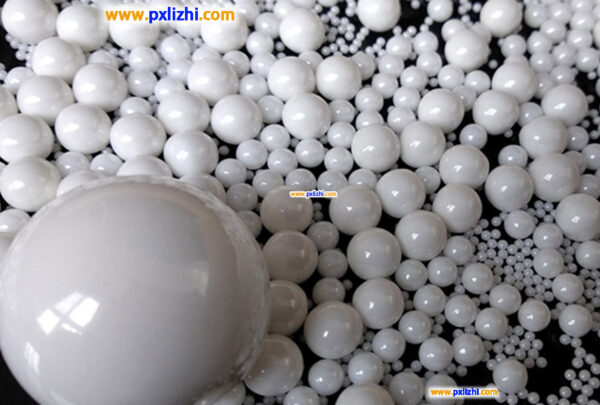
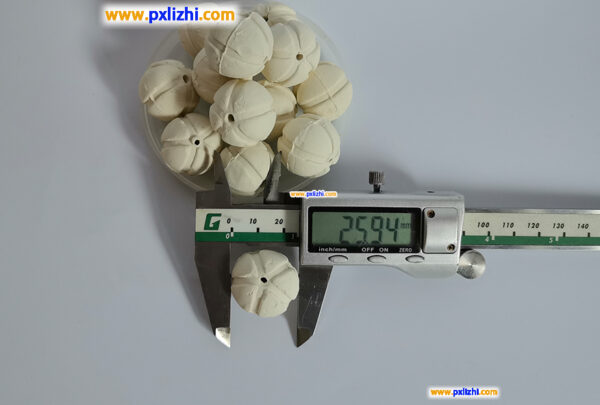
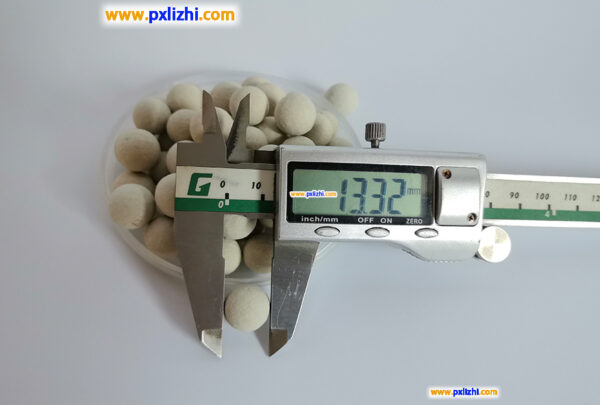
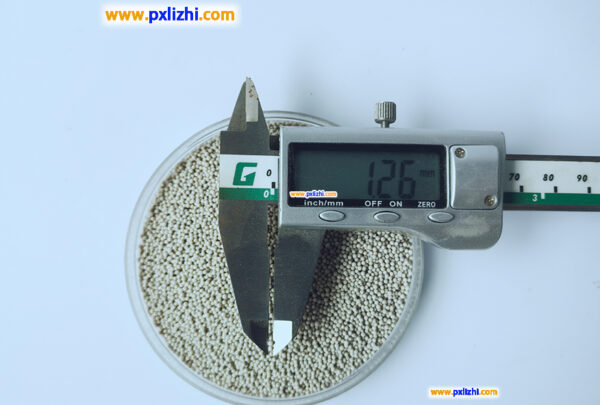
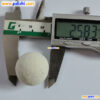
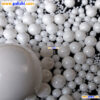
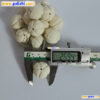
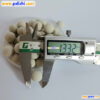
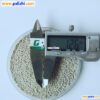
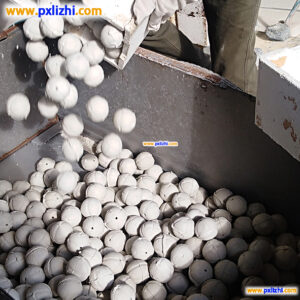
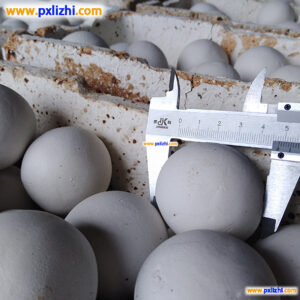
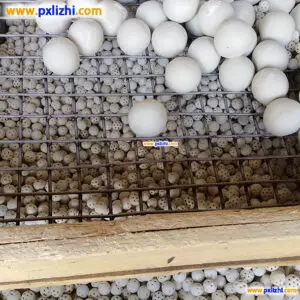

Reviews
There are no reviews yet.